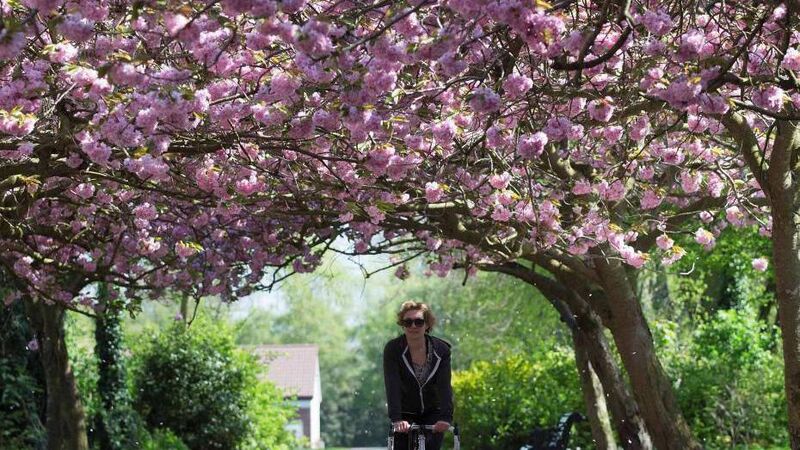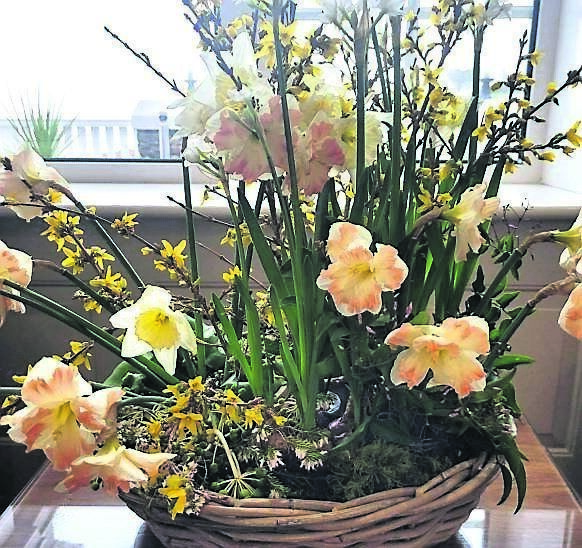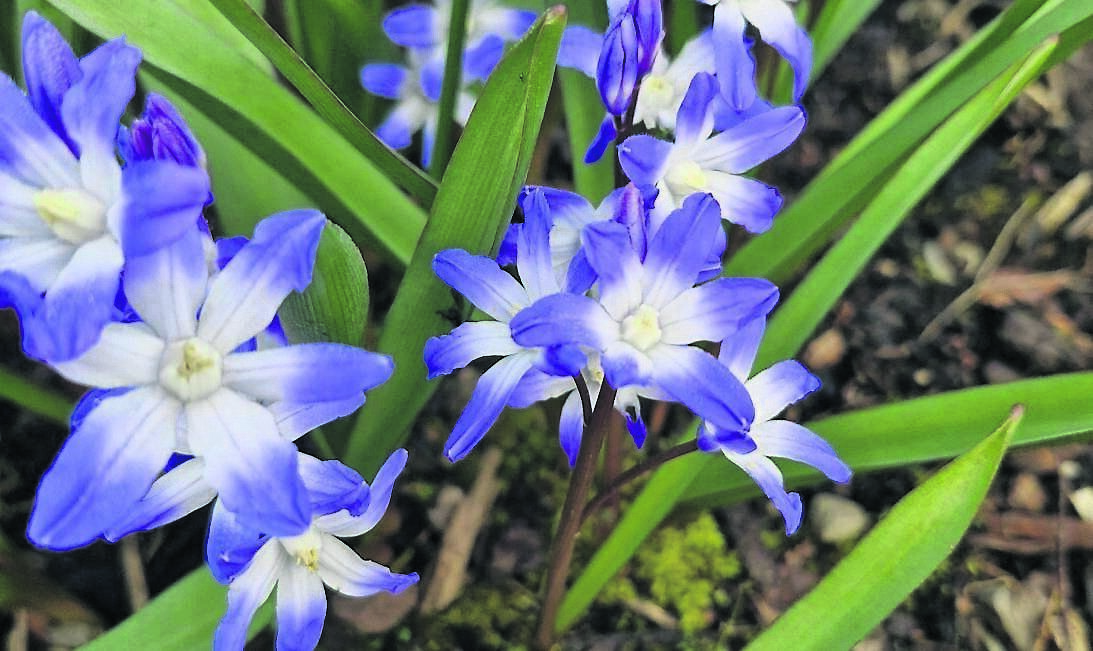In the garden: Spring has officially sprung

Cherry trees provide gorgeous spring flower colour, and also provide beautiful leaf colour in
It is official, spring has officially sprung, with the day length now marginally longer than the night, as we have passed the date of the spring equinox, which was March 20 this year.

Met Éireann have compiled a summary report of Ireland’s climate averages from 1991 to 2020 which looks at average rainfall, mean temperatures, sunshine and wind, and which makes for interesting reading if you are a gardener or not.

The shrub can get a bit crowded in the middle, so some thinning out of branches and dead material every few years will benefit the overall shape and health of the plant.







 App?
App?





